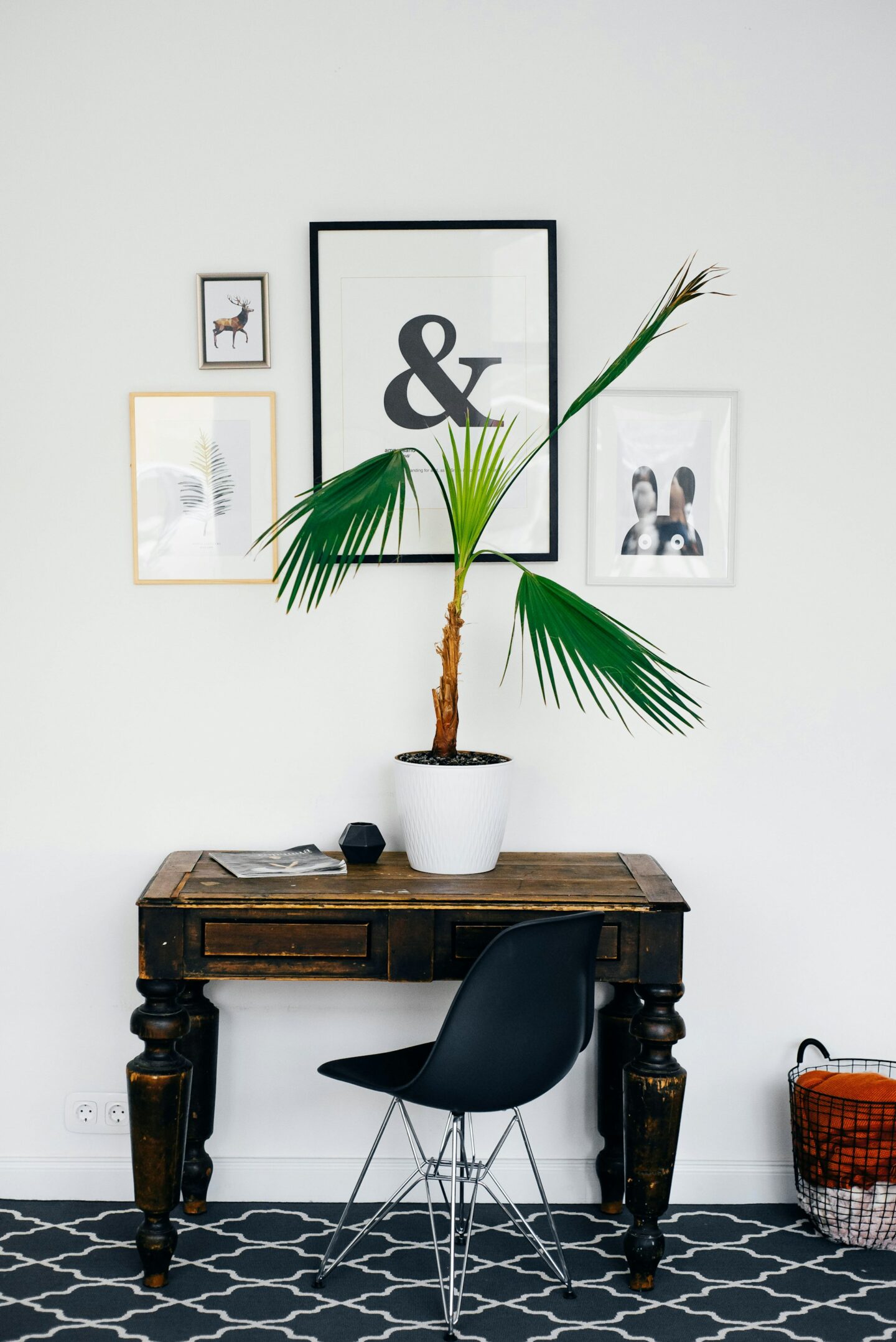In interior design, balance offers a space a sense of harmony, giving occupants an underlying sense of stability. This stability, in turn, translates into feelings of comfort and reassurance.
The problem is, the perfect balance is difficult to achieve—if it is, in fact, achievable. In a 2016 interview, celebrity interior designer and author Greg Natale opined that writing the chapter on balance was the most difficult part of his bestselling book, The Tailored Interior. He said that, as with cuisine, balance really is subjective, to a degree. To bring the metaphor further, balancing your home decor is like cooking the perfect ragu—you will never be quite done until you decide you’re done.
One thing that will always be obvious, however, is a space that isn’t balanced. The decor will seem a bit off, with spots seeming just a bit too cluttered, empty, or unintentional. For people, being in a place with off-kilter decor can elicit strong feelings of discomfort.
Fortunately, reaching your personal ideal for balance is always doable, especially when you follow tried and true principles employed by successful interior designers. Even better, the principles below can be applied to any interior design aesthetic, from minimalist to maximalist and everything in between:
Start with Your Wall Art
Rearranging the wall art that you already have is a low-commitment and low-cost but high-impact way to change up the balance of your interior space. Try some popular wall arrangement tips and play around with different frames for pieces you want to group together for a harmonious look.

A lot of the time, though, the problem is you don’t have enough art for your walls. If that’s the case, look for high-quality but affordable printable sets to kit out your room for effortless visual and thematic balance.
Go Big with Area Rugs
While there are ways to make smaller rugs work, having a larger area rug will make it easier to visually anchor every other element in the space. This is especially relevant for living rooms, where most of your decor is likely to be present.
As a rule of thumb, area rugs should be a touch wider than the widest furniture piece adjacent to it. Having a rug this size will also allow you to easily place the front legs of your living room furniture on it for a coherent communal space.
Move Some Furniture Away from the Walls.
Pushing furniture up against the walls might save a bit of space but it often comes at a huge cost to your room decor’s visual depth. If you can spare the floor area, try to keep some of your furniture at least a hand’s width away from the walls, particularly accent chairs and sofas. Adding that gap will actually make your room seem bigger and give it a much more interesting look.
Be Careful with Bottom-Heavy Furniture
There are a lot of fantastic furniture pieces out there with short legs or no legs at all. Placing several of these pieces together in one room, however, can skew a room’s visual balance towards the floor, giving it a heavier feel similar to a storage room. If you have a sofa or some other centrepiece that lies low to the floor, you can match it with longer-legged accent chairs or coffee tables for a lighter, more layered look.
Provide Multiple Light Sources

Rooms that have just one or two lighting sources tend to have a very flat, one-dimensional look with harsher, less interesting shadows. Adding more light sources or even opening more windows can contribute to a more balanced look even while adding complexity in colours and light textures. Try playing around with different lamps, candles, and ceiling fixtures to find the right lighting combination to tie your space together.
Don’t Forget Texture
If, after working on your wall art, lights, and furniture, things still look unbalanced, consider the textures that are present in your space. Sometimes, all that you need to really complete the look is a plant or a carefully mismatched accent chair. If you have the space for it, an interesting sculpture can even bring a powerful, three-dimensional look to your room that anchors all the other elements together.
Balance Is in the Eye of the Beholder
Balancing your home decor is not just about buying the right wall art or furniture. It’s about giving your room what it needs so that it’s comfortable for you. Of course, if there are other people in your home, some compromises may have to be made but this is also part of what makes home decorating such an enjoyable activity. In any case, if you don’t lose sight of what you enjoy, you should eventually be left with a space that is both balanced and true to who you are.
Photo by Alexandra Gorn and Photo by Josh Hemsley. Collaborative post.






